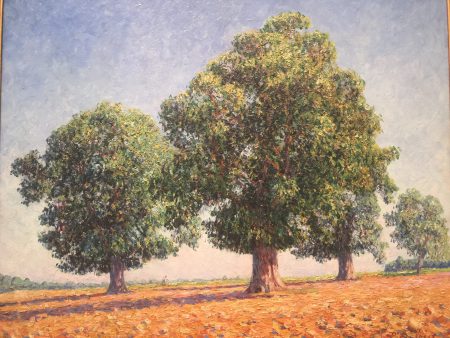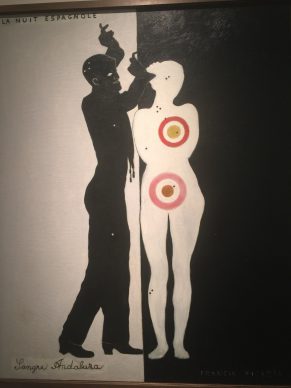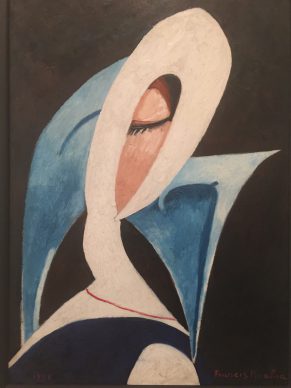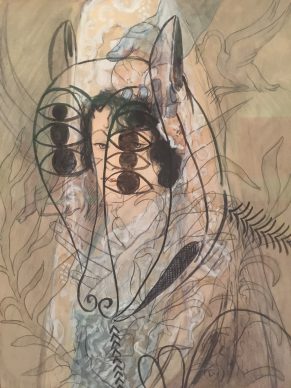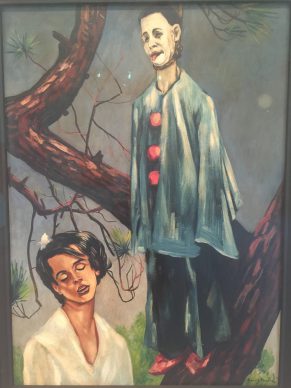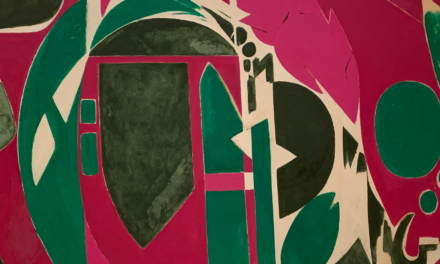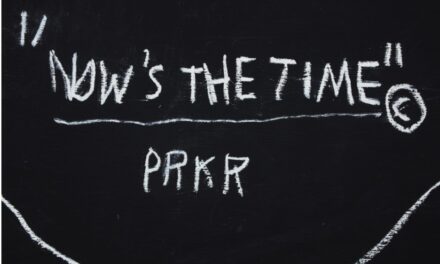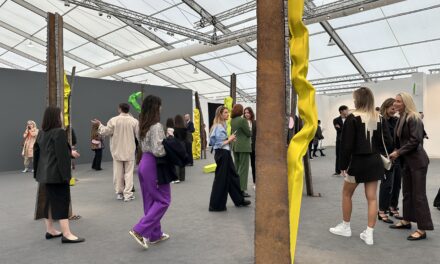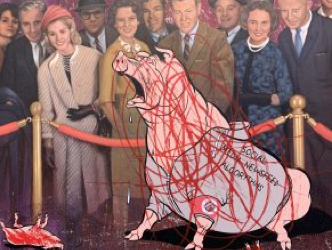It is the finest modern art exhibition in Europe this summer.
Until 25 September, Zurich’s Kunsthaus has a retrospective of one of the greats of modern art, Francis Picabia (1879-1953).
Bringing together around 100 paintings, 50 drawings, and a number of films, the show has been masterfully brought to life by the Swiss curator Catherine Hug with the american curator Anne Umland and will then travel to MoMA in New York in November. It succeeds in clearly demonstrating the complexity of an artist who over the course of his lifetime reinvented his ‘style’ no fewer than 12 times.
Catherine Hug speaks about the concept behind the exhibition:
Picabia was the sworn enemy of ‘isms’ (despite being affiliated with Dada and surrealism), the enemy of hierarchies in art, good taste and of the bourgeois concept of beauty.
The thing he feared most, it seems, was being bored. Picabia was not someone worried about pleasing clients either. As a result, he chopped and changed frequently. He said, ‘What I like is inventing, imagining, at each instant building a new man out of myself and then forgetting him, forgetting everything.’
It’s what André Breton called ‘Picabia’s kaleidoscopic spirit’.
But before he reached this point, Picabia began by producing some of the dullest paintings imaginable. Upon leaving the School of Decorative Arts, for instance, he gave us ‘The Chestnut Trees, Effect of the Sun’ (1906), a greenish work in an impressionist style.
His cubism in the 1910s was driven by a desire to express movement. During the same period, like his friend Marcel Duchamp, Picabia was expertly producing images of mechanisms, which in actual fact are allegories of sexual acts.
If there’s one thing that this exhibition demonstrates quite clearly it is the artist’s obsession with the erotic. In 1920 he creates an ‘object’ whose historic importance may well rival Marcel Duchamp’s urinal. It’s called ‘Young Girl’ and it consists simply of a white sheet with a hole at its centre. The work is owned by Paul Destribats, the great French collector.
In 1924 Picabia also collaborated on René Clair’s film ‘Entr’acte’, providing the chaotic script. The film shows, among other people, Marcel Duchamp and Man Ray playing chess.
Intellectually, Picabia’s most intriguing period is during the war years when he turns out deliberately ugly hyperrealist canvases. In ‘Calf Worship’ from 1941-2, for instance, we see a calf’s head that could have just emerged from a butcher’s shop set in front of a sea of raised hands. It is an unambiguous political satire.
Alain Tarica is one of the leading authorities on Picabia. This private dealer who, among other notable accomplishments, assembled Pierre Bergé and Yves Saint-Laurent’s art collection (containing no Picabias) very rarely gives interviews. He is also behind the Alain Gaston-Dreyfus collection, which did contain several Picabia with among others ‘Volucelle II’ from 1922 that sold for $8.7 million in 2013, setting a new artist record price.
Tarica, who is also passionate about mathematics underlined the complexity of Picabia’s legacy including, among other things, those works where he deliberately used misleading dates.
Here Tarica talks about the topic of fakes and the fact that this new exhibition, which incidentally he thinks is remarkable, doesn’t contain a single one.
At the Kunsthaus we can observe how Picabia, through the polymorphic character of his work, paves the way for today’s art. When in the ’40s he covers his canvas with uniform white flowers because he no longer believes in his painting, you’re reminded of the great German painter Sigmar Polke .
And in the 1950s, when all his canvases are reduced to a few dots of colour, it evokes Damien Hirst’s spots, albeit a better version of them.
Catherine Hug reflects on the influence of Picabia on today’s generation of artists.
Picabia the ‘self-iconoclast’ joker said: ‘Our heads are round so our thoughts can change direction.’ Watch this space…
Until 19 March 2017: https://www.moma.org/calendar/exhibitions/1670
Support independent news on art.
Your contribution : Make a monthly commitment to support JB Reports or a one off contribution as and when you feel like it. Choose the option that suits you best.
Need to cancel a recurring donation? Please go here.
The donation is considered to be a subscription for a fee set by the donor and for a duration also set by the donor.


